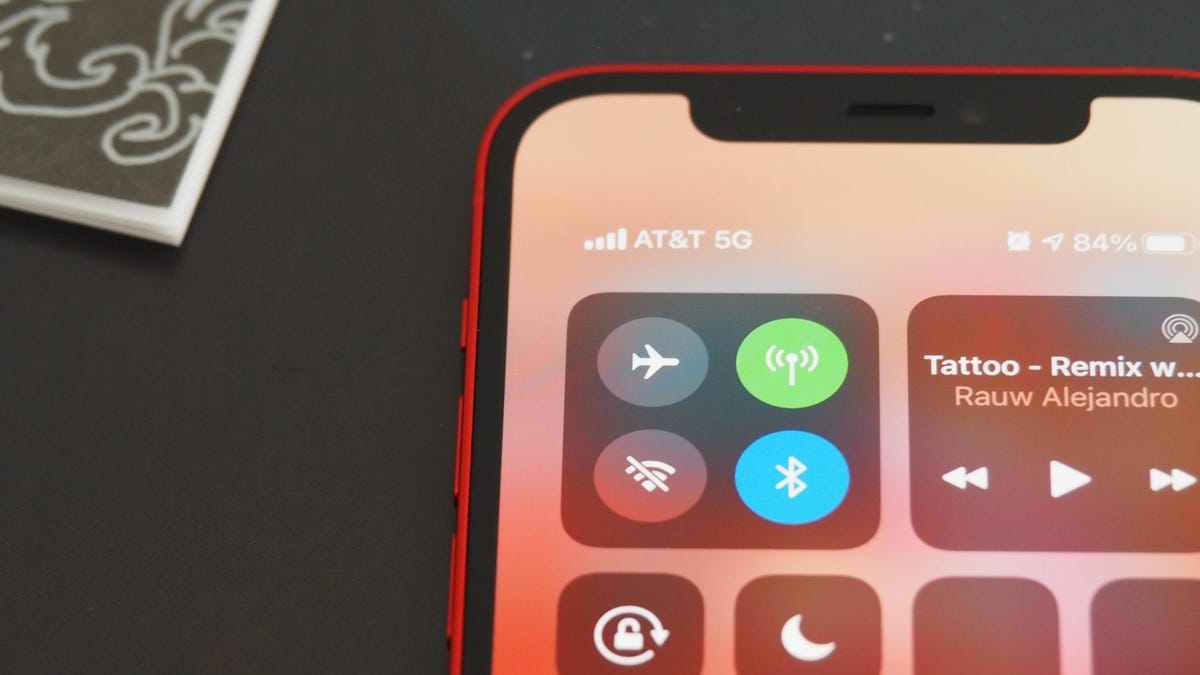
France may finally allow Apple to sell iPhone 12s in the country again after Apple has seemingly met the country’s electromagnetic radiation standards.
On Friday, France’s L’Agence Nationale des Fréquences, or ANFR, verified that the iPhone 12 was right as rain after Apple issued a new patch. The regulatory agency said it tested the phone’s specific absorption rate, which is the level of radio waves emitted by the device, and found they were back in compliance with the country’s testing standards. The ANFR said Apple should now be free to issue a patch to all iPhone 12s which would mean the country could lift the ban on phone sales.
Advertisement
Nearly two weeks ago, France put a halt to iPhone 12 sales in the country after the ANFR claimed the smartphone failed to meet its electromagnetic radiation standards. Other countries like Belgium and Germany also jumped on board and started testing the phones for radiation violations. Shortly after, the Cupertino tech giant said it would release a patch to fix the issue. Apple has routinely claimed the issue wasn’t with the iPhones themselves, but France and the EU’s testing standards. The company said the patch would simply “accommodate” France’s SAR testing protocols.
Gizmodo reached out to Apple for further comment, but we did not immediately hear back.
Advertisement
Advertisement
The ANFR said the tests were performed by an accredited laboratory and found the SAR was 3.94 W/kg (watt per kilogram) after the update compared to 5.74 W/kg before the update. The measurements were taken when phones are kept close to the body, such as inside a user’s pocket. What does any of that mean? Well, France and other EU countries have placed limits on the amount of electromagnetic radiation that can be absorbed by a body. According to the French regulatory agency, the country monitors all waves between 100 kHz and 10 GHz.
There’s still quite a bit of disagreement over the long-term impacts of electromagnetic waves, but according to the World Health Organization, there hasn’t been any definitive scientific proof of major health consequences from exposure to low-level electromagnetic fields. What hasn’t helped is the massive wave of conspiracy theories surrounding standards like 5G connectivity, somehow even linking it to covid.
Despite the big hubbub forming around the—admittedly funny—term “high-radiation iPhone,” the whole saga has been a distraction. The iPhone 12 itself was already on its way out once the iPhone 15 saw release. Apple doesn’t want this kind of attention on its mainstay phone brand. Instead, it wants to put the focus on its sustainability efforts, especially with the iPhone 15 eschewing leather in exchange for the FineWoven brand of textiles.
As much as Apple wants to hold up its carbon-neutral initiatives—even hosting a rather cringe skit with actor Octavia Spencer playing a no-nonsense mother nature during its recent iPhone announcement—Apple is still part of a large global supply chain that is the very opposite of sustainable. We could use a few more global supply chain standards as harsh and exacting as France’s electromagnetic radiation demands.
Services Marketplace – Listings, Bookings & Reviews